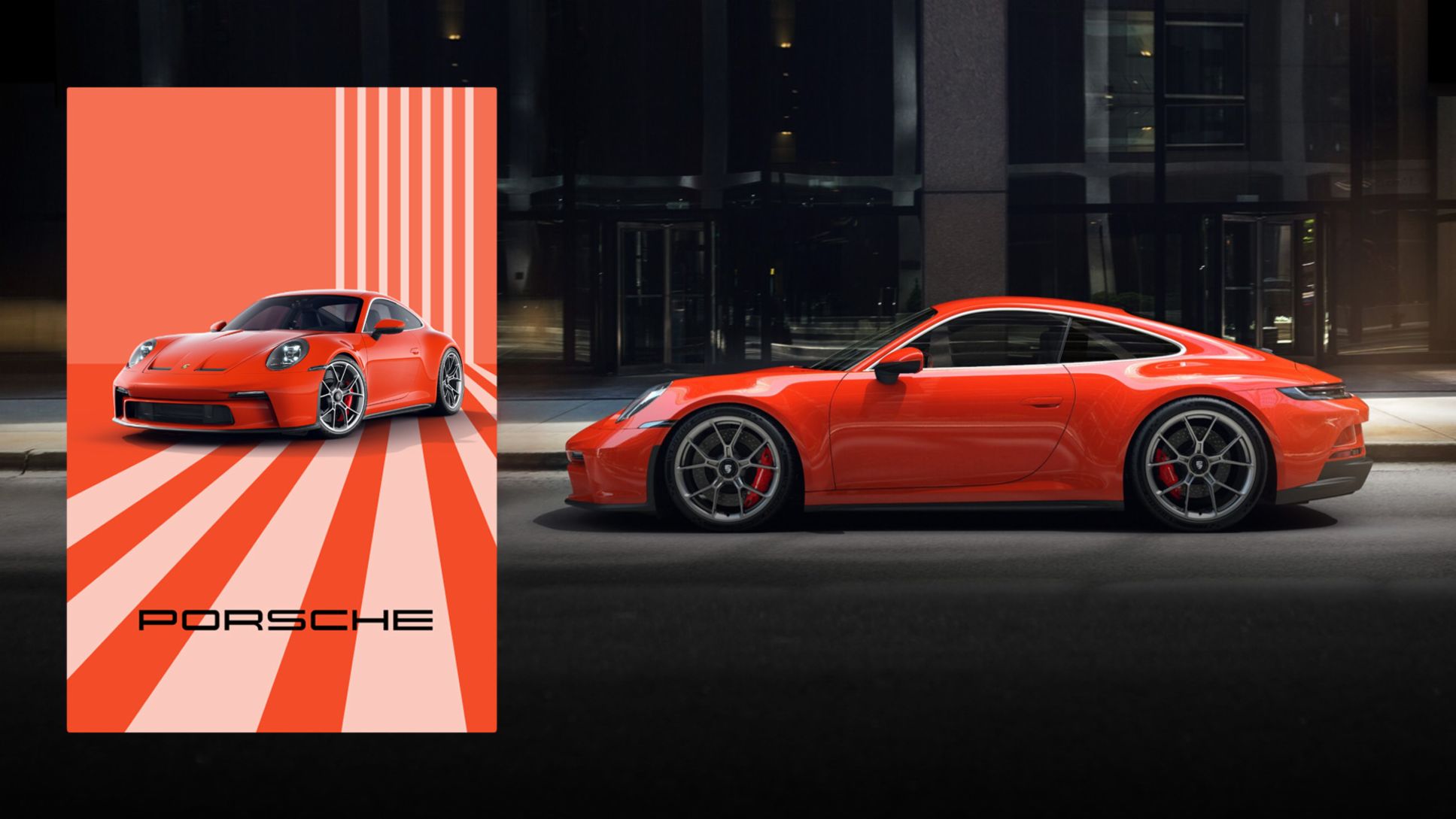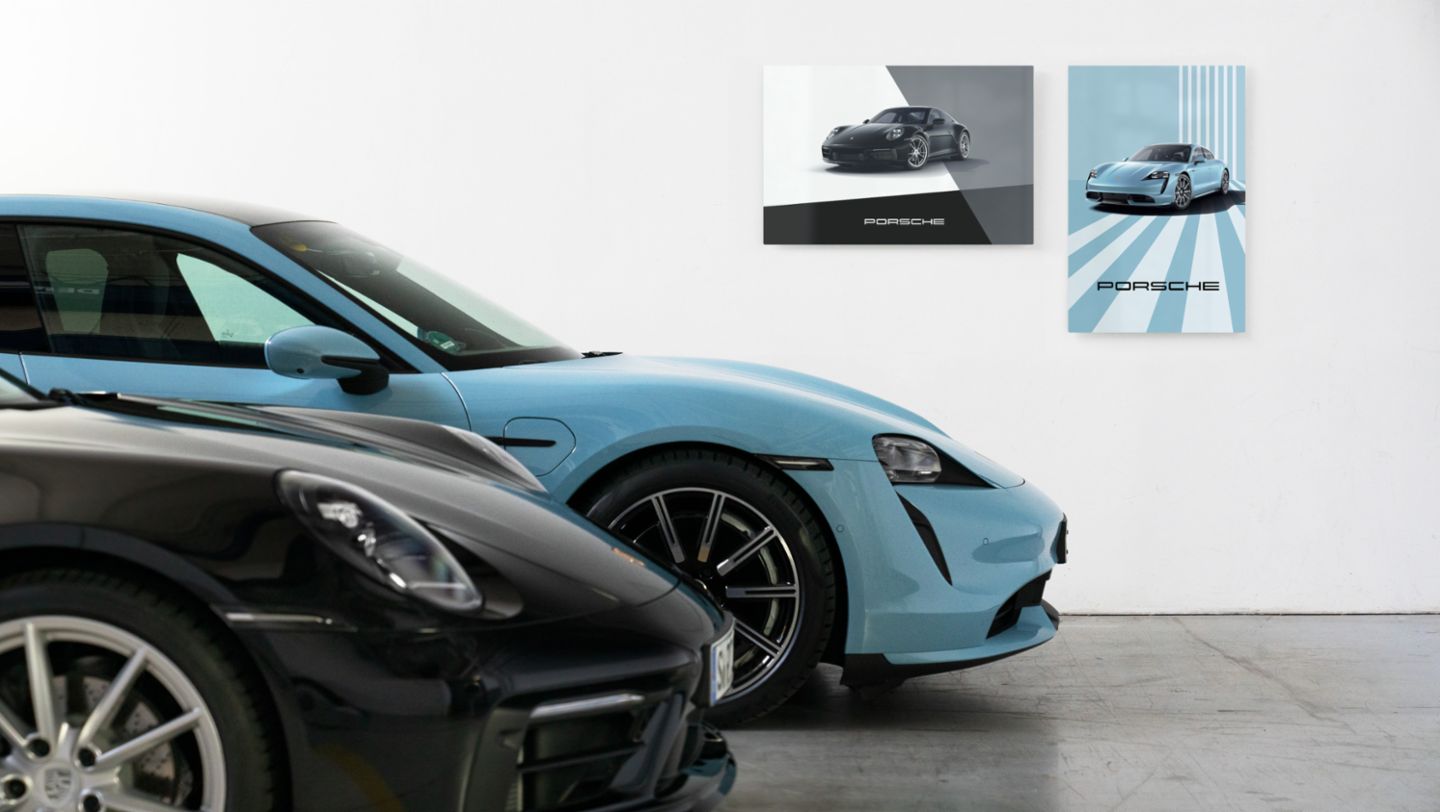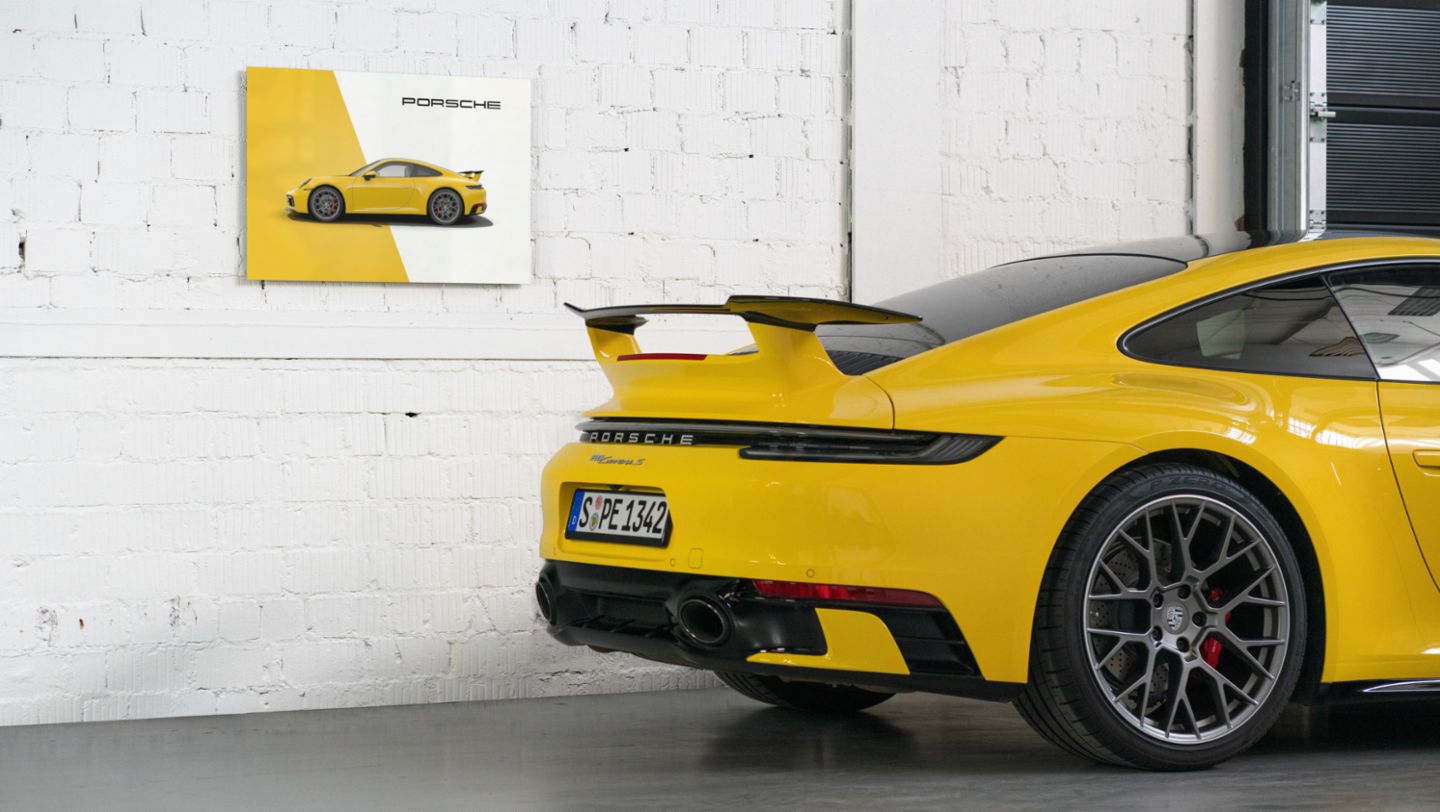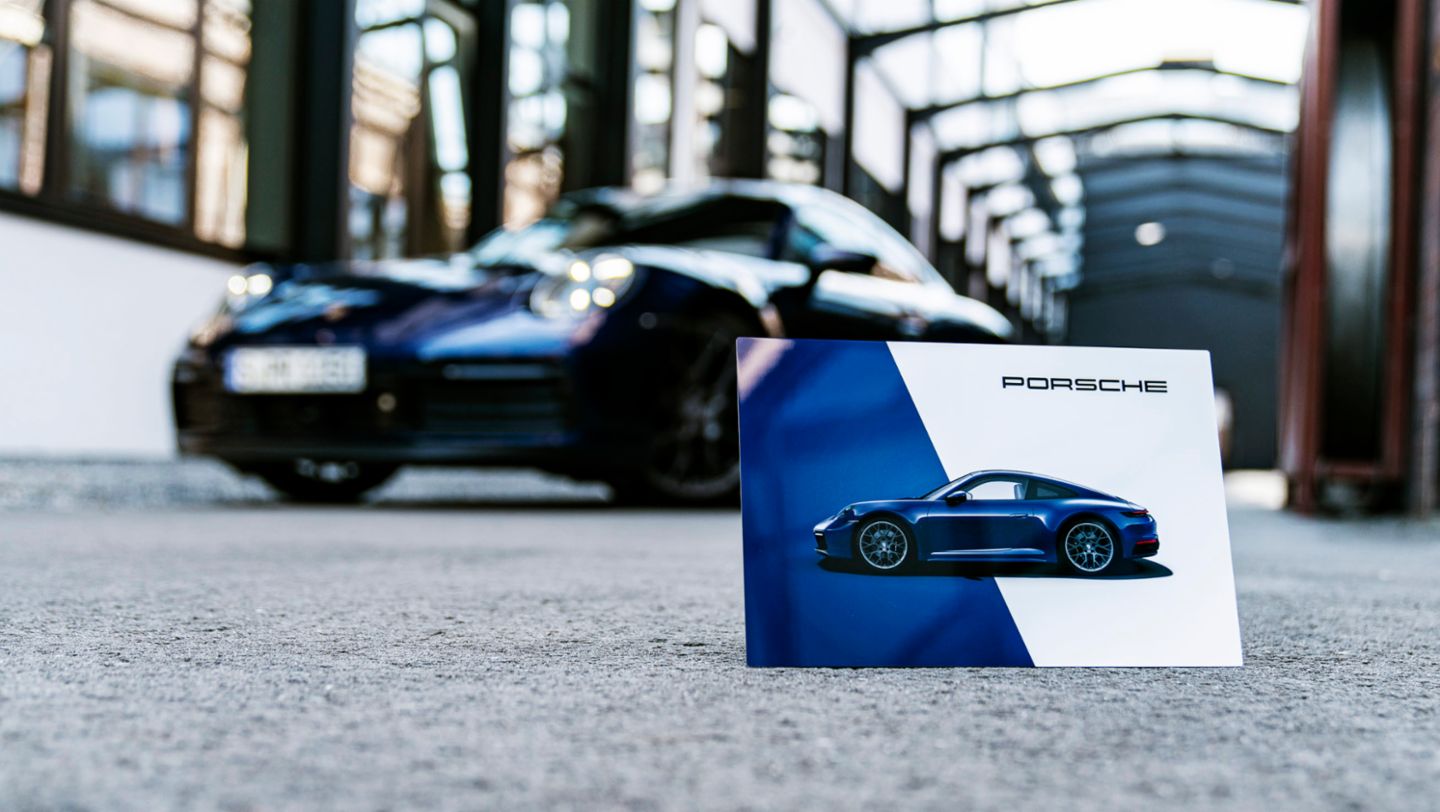“With our VIN Art portraits, we are bringing that Porsche feeling into the living room. In addition to the innovative solution, it was particularly important to ensure efficient usability of the configurator, as well as the individuality of the portrait,” says Stefan Zerweck, Chief Operating Officer (COO) of Porsche Digital.
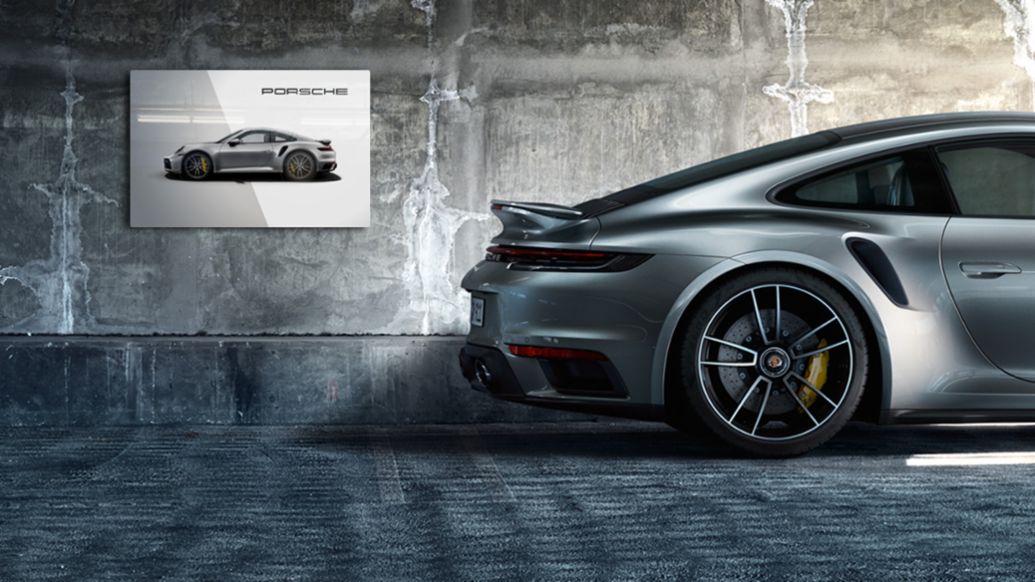
With VIN Art, Porsche Digital is expanding its portfolio of digital products, working with its parent company, Porsche AG, and Porsche’s markets to achieve this. On the website www.vinart.digital, users can enter a vehicle identification number (VIN for short) or a Porsche code to create individual works of art. Users don’t need to own a Porsche to do this, as VIN Art also creates portraits based on cars specified in the Porsche configurator. The end result always delivers an original Porsche product.
A variety of uses for VIN Art
"We are constantly developing new ideas like VIN Art in our innovation process to inspire our customers. Besides the online offer, we also see a variety of uses for VIN Art in our stationary Porsche Centres to please our customers", says Mark Klümper, Head of Corporate Development at Porsche Deutschland GmbH.
The VIN Art portraits are printed on a thin aluminum plate with a high-gloss surface. Thanks to the underlying algorithm, the design adapts perfectly to details such as the exterior colour or the positioning of the sports car on the art print. The premium print is available in a range of sizes and with a suspension for wall mounting or as a stand.
To start with, the VIN Art portraits can be ordered and delivered in Germany via the www.vinart.digital website and for vehicles starting from the 2016 model year.
